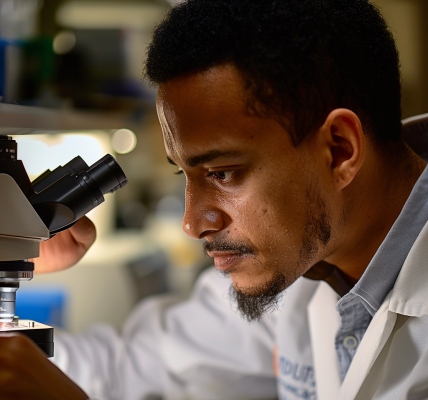The field of chemistry has witnessed a groundbreaking discovery as a collaborative team across four universities has unveiled the ‘ten electron rule’, offering a simple yet effective method to design efficient single-atom alloy catalysts. This discovery is set to revolutionize the process of discovering new catalysts for complex chemical reactions by significantly speeding up the identification of promising catalysts.
Single-atom alloys, a class of catalysts composed of two metals, have been the focus of the research. These catalysts consist of a few atoms of a reactive metal, known as the dopant, dispersed in an inert metal such as copper, silver, or gold. While this recent technology has proven highly efficient at accelerating chemical reactions, traditional models have struggled to explain their mechanisms.
The collaborative team, comprising researchers from the University of Cambridge, University College London, the University of Oxford, and the Humboldt-University of Berlin, recently published their findings in Nature Chemistry. Through extensive computer simulations, the scientists uncovered the fundamental principles governing the functionality of single-atom alloy catalysts.
The ‘ten electron rule’ has emerged as a pivotal breakthrough, establishing a direct correlation between the binding strength of chemicals and the presence of ten electrons surrounding the dopant in the single-atom alloy catalysts. This means that scientists can now streamline the process of identifying suitable catalysts for specific chemical reactions by simply referencing the periodic table.
Dr. Romain Réocreux, a postdoctoral researcher in Prof Angelos Michaelides’ group and the lead researcher of this study, emphasized the significance of this discovery, stating, ‘When you have a difficult chemical reaction, you need a catalyst with optimal properties. The ‘ten electron rule’ provides a straightforward approach for scientists to identify catalysts that align with the desired properties for their experiments, ultimately expediting the process of catalyst design.’





